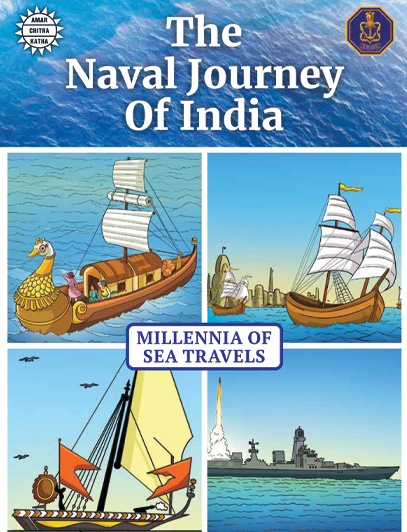Different Celebrations of Vijayadashami
- October 8, 2021


Different Celebrations of Vijayadashami
- October 8, 2021
People across India celebrate Vijayadashami or Dussehra as a day of triumph and victory in many different ways. Each state adds its own flavour to the festival making it a riot of vibrance and colour.
Across North India, the festival is celebrated with the Ramlila, an open-air theatre performance depicting various incidents from Lord Rama’s life. The most dramatic part of this celebration is the setting of fire to the large effigies of Ravana to mark his defeat.
To receive more such stories in your Inbox & WhatsApp, Please share your Email and Mobile number.
The Bengali tradition of Sindoor Khela celebrates the fact that Durga is a married woman. After applying sindoor (vermillion) to the feet and forehead of the devi’s idol, married women playfully smear sindoor on each other’s faces.
In various parts of South India, the household celebrations include showcasing dolls of gods, goddesses, humans and animals on an arrangement of an odd number of steps. In Tamil, this is called Bommai Kolu, which means Divine Presence. In Telugu, it is called Bommala Koluvu meaning Court of Toys and in Kannada, Bombe Habba means Doll Festival.
In Gujarat, a dance form known as Garba is performed during Navratri, where dancers move in circles, making circular movements with their hands and feet. This dance form worships the Goddess Durga.
Bastar Dussehra is celebrated in Chhattisgarh with great pomp for a whole of 75 days. Here, the festival is celebrated in honour of Goddess Danteshwari and has a focus on nature.
To receive more such stories in your Inbox & WhatsApp, Please share your Email and Mobile number.

Comic of The Month
The Naval Journey of India Book I
This book is the first of a three-book series that takes a deep and detailed look at India's Naval History and a deep insight into the lives of our men and women in white. But any series on the Indian Navy has to start at the very beginning - exploring India's celebrated maritime history. Join our little hero, Bharat, and his grandfather, Commodore Sagar, as they sail into the deep blue waters of time. Book I of The Naval Journey of India takes a sweeping look at India's maritime endeavours, how the seas impacted us over millennia and how the oceans made us who we are.